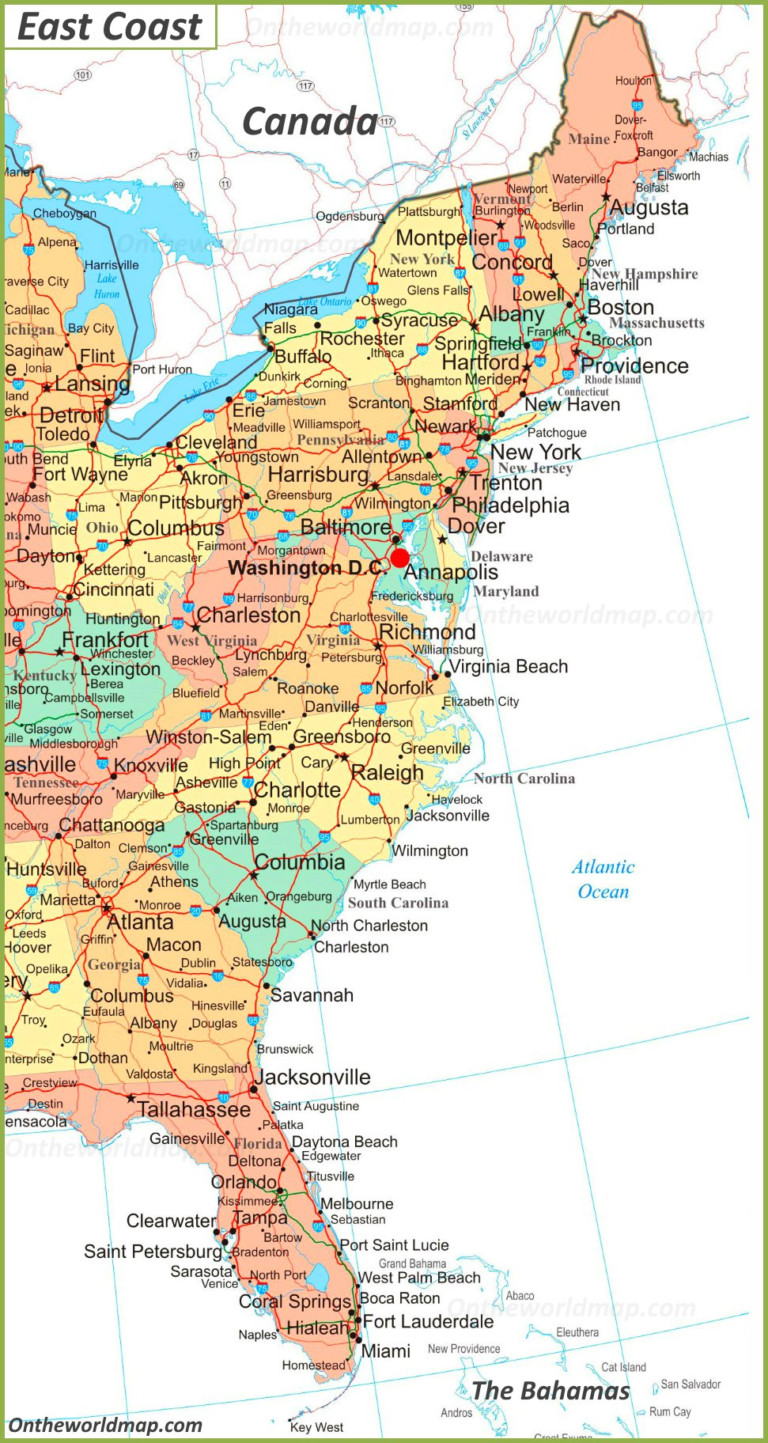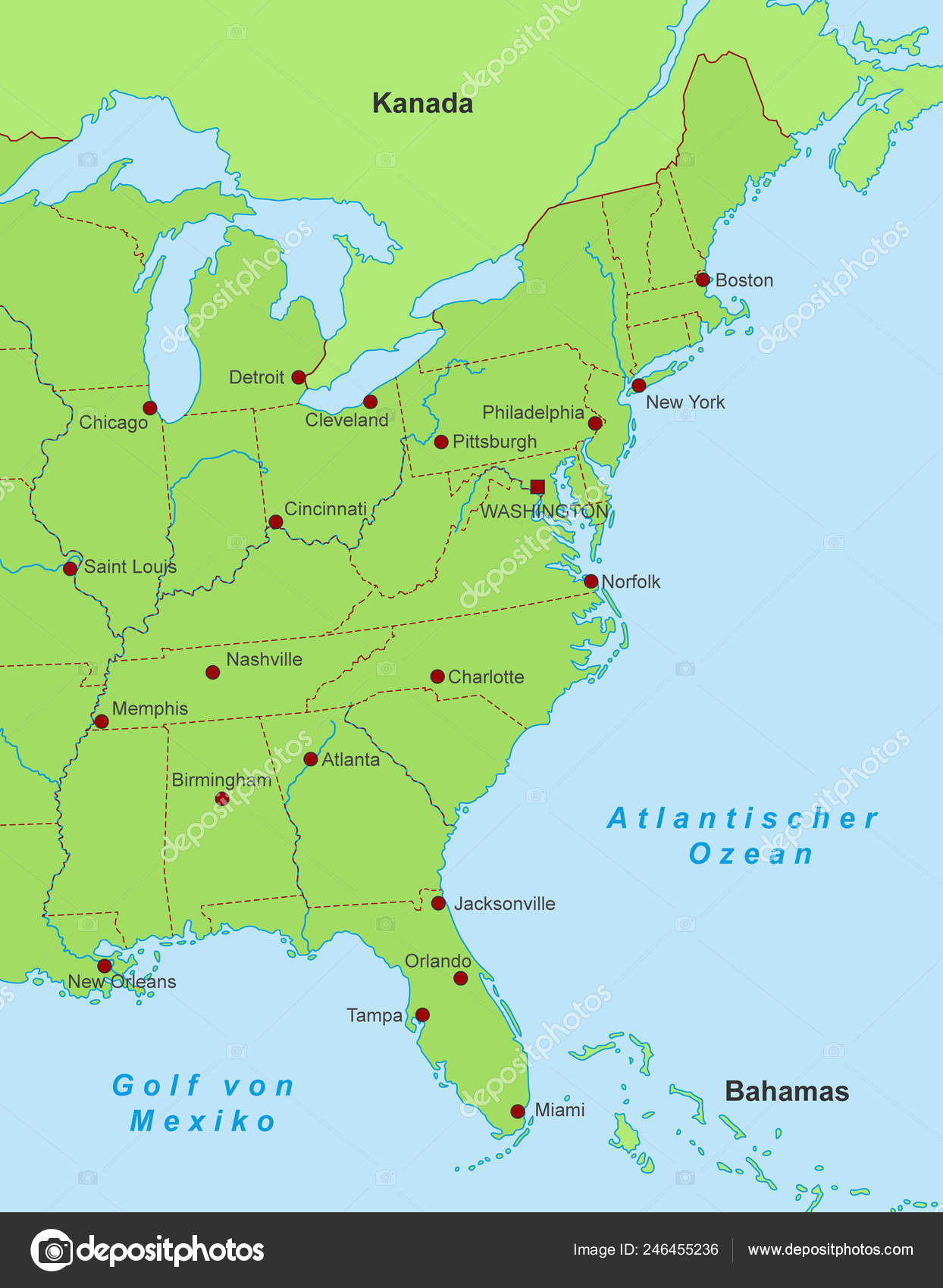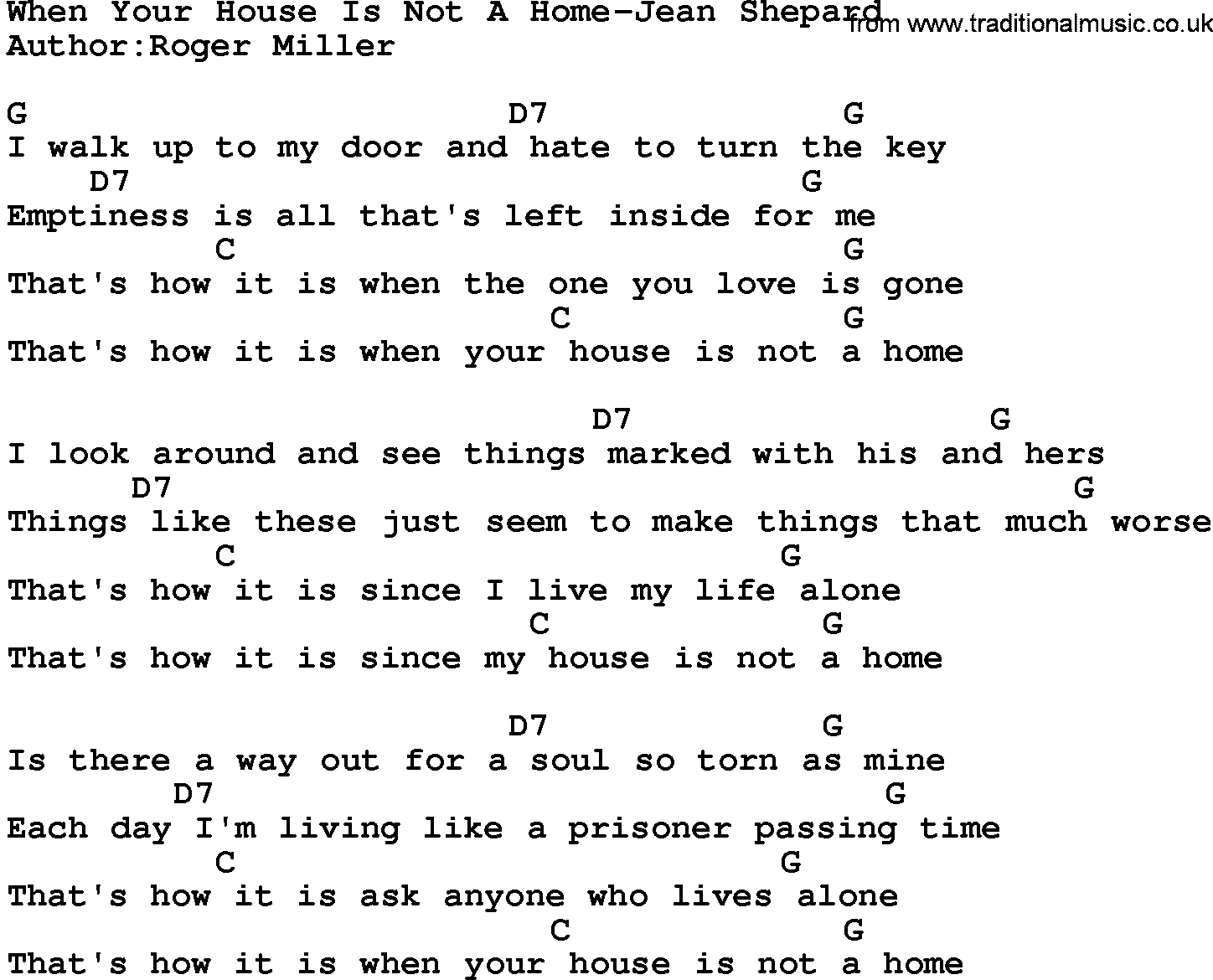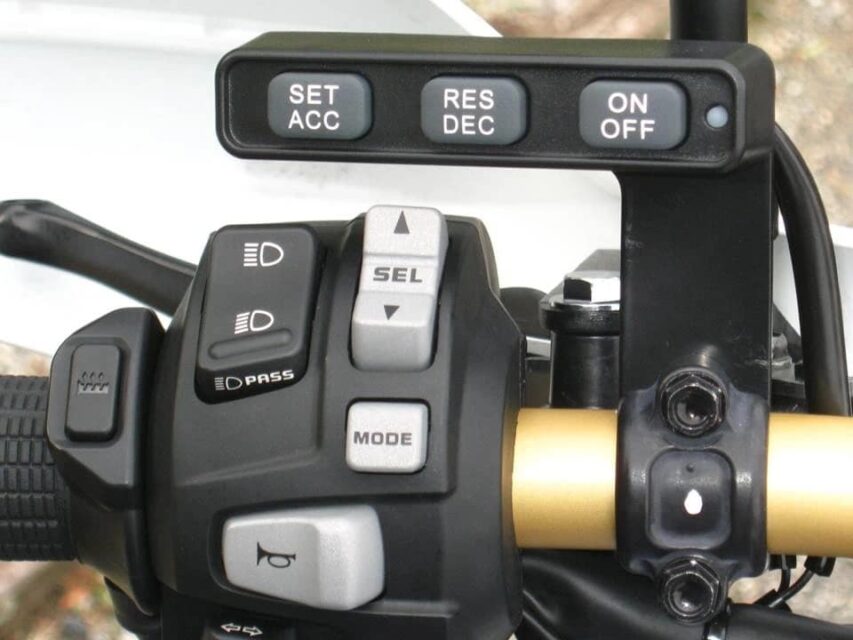
Once familiar with your car’s cruise control system, you can try it out. Wait for a moment when it’s appropriate to use cruise control before turning it on. Check that the road is clear, that weather conditions are good, and that you’re on a highway or a road where you won’t have to stop or change speed often. If conditions are right to use cruise control in your car, turn on the system.
Installing factory cruise on a non-cruise car Mustang Forums at StangNet - StangNet.com
Installing factory cruise on a non-cruise car Mustang Forums at StangNet.
Posted: Tue, 23 Feb 2021 08:00:00 GMT [source]
How To Set Cruise Control
In its capacity to ensure a vehicle remains at a steady speed, where possible, it can boost driving efficiency. According to Natural Resources Canada, varying your speed by around 6 mph every 18 seconds can be 20% more costly in terms of fuel. Cruise control, in a general sense, aims to be as efficient as possible within the parameters the driver provides, which can potentially translate to less fuel being used over time.
What is the difference between cruise control and speed limiter?
Aftermarket cruise control kits offer a lot of convenience to vehicle owners including; better fuel economy - higher vehicle resale value - less driver fatigue on those long trips. Of course, as with any technology, there are some tips and considerations to keep in mind when using cruise control. First and foremost, always stay attentive and be ready to take control of the vehicle when necessary. Cruise-control is fantastic, but it doesn’t replace our responsibility as drivers. If it’s raining heavily or the road is icy, it’s best to turn off cruise control and rely on manual driving.
How to Use Cruise Control?- in 7 Step
Cars with Adaptive Cruise Control: Everything You Need to Know - Car and Driver
Cars with Adaptive Cruise Control: Everything You Need to Know.
Posted: Mon, 13 Apr 2020 22:51:37 GMT [source]
Most systems will prevent the vehicle from increasing engine speed to accelerate beyond the chosen speed. However, they will not apply the brakes in the event of overspeeding downhill, nor stop the car from going faster than the selected speed even with the engine just idling. With standard cruise controle, the vehicle will maintain the set speed regardless of changes in the road conditions, such as uphill or downhill slopes or curves. To deactivate the system, the driver can either apply the brakes or turn off the cruise control switch.Standard cruise controle can be found on many vehicles, from entry-level models to high-end luxury cars.
You can then set your desired speed, adjust it within the system, and deactivate it when needed. This feature allows you to maintain a constant speed even when you’re not pressing the accelerator. Moreover, it can aid in preventing speeding and improving fuel efficiency by minimizing unnecessary acceleration and braking. Cruise-control systems offer several advantages, particularly during long drives on highways and sparsely populated roads.
Dakota Digital Cruise Control Kits for Electronic Speedometers CRS-3000-3
But instead of pressing the accelerator pedal, it uses a different mechanism to maintain a constant cruising speed. Cruise control is less flexible on vehicles with a manual transmission because depressing the clutch pedal and shifting gears usually disengages the cruise control. The "resume" feature has to be used each time after selecting the new gear and releasing the clutch. Therefore, cruise control is most beneficial at motorway/highway speeds when top gear is used virtually all the time. The cruise control system actually has a lot of functions other than controlling the speed of your car.
Does cruise control save fuel?
Many cars use actuators powered by engine vacuum to open and close the throttle. These systems use a small, electronically-controlled valve to regulate the vacuum in a diaphragm. This works in a similar way to the brake booster, which provides power to your brake system. Driving while fatigued is never a good idea, but even less so while using cruise control. Utilizing the system may add to your fatigue, as you give your vehicle more control of the journey.
It is a complex process to install the system in new cars as you have to fiddle with electronics, and it also requires the fitment of hardware. Moreover, if you try installing an aftermarket kit, you may void the warranty offered by the OEM (Original Equipment Manufacturer). On top of that, it is not recommended to go for an aftermarket cruise control kit as it may compromise safety.
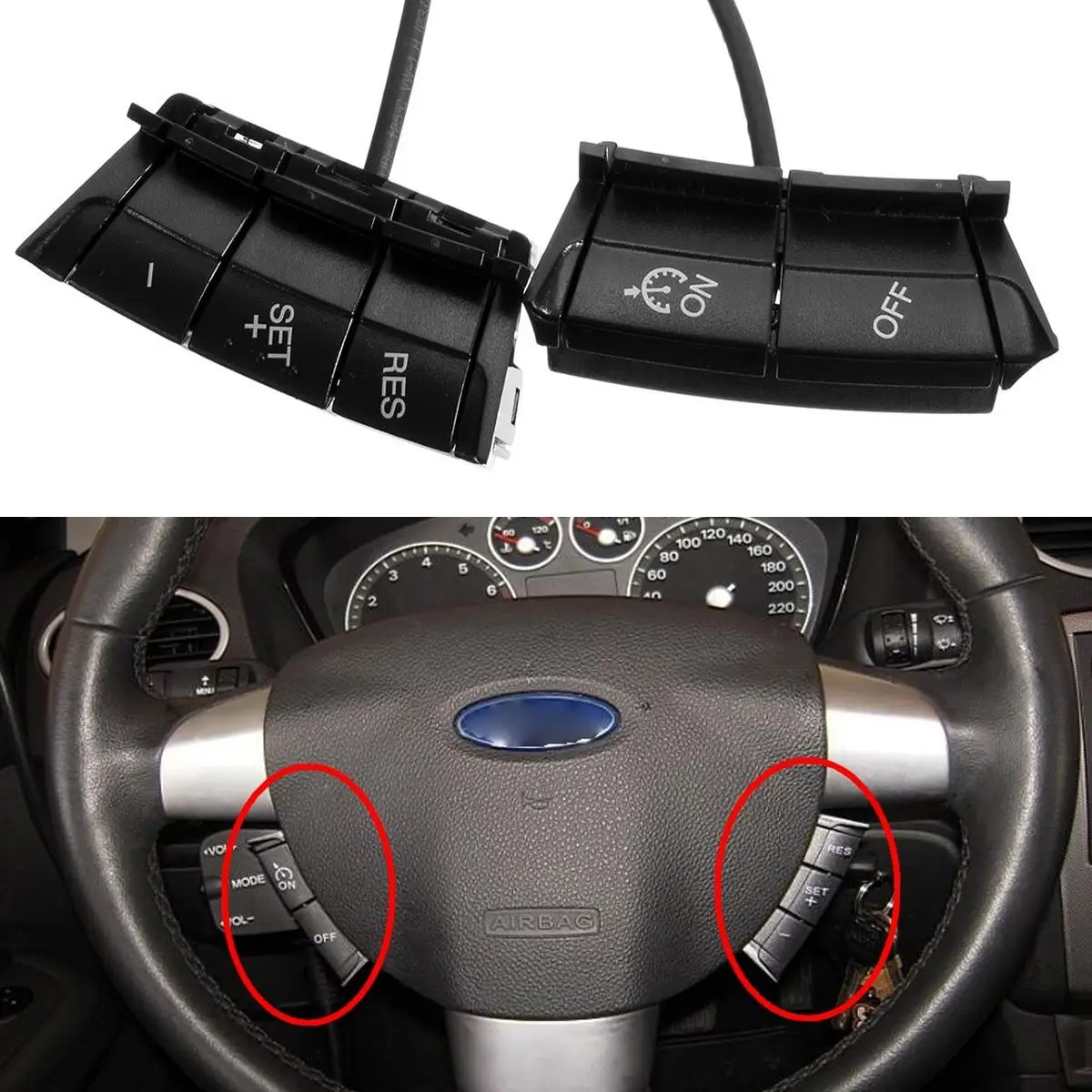
When the cruise control has been determined to be operational within a strict set of parameters, it receives its sign-off from our staff and the control switch is permanently installed. We begin cruise control development by recording data from the vehicle's CAN bus using special software to determine which signals need to be sent to the ECU to control speed. Founded in 1937, Progressive is the third largest personal car insurer in the U.S. with over 26 million drivers enrolled. Life Lanes helps you do just that, from owning a car and home to other life moments and adventures.
The system uses sensors and radar to detect the distance between the driver’s car and the vehicle ahead. If the vehicle ahead slows down or stops, the ACC system automatically applies the brakes to slow down or stop the car, maintaining a safe distance. When the road clears or the vehicle ahead moves faster, the ACC system accelerates the car to the driver’s set speed or the maximum speed limit. Adaptive Cruise Control (ACC) is an advanced form of speed control that uses sensors and radar to detect the distance between the driver’s car and the vehicle ahead, unlike other types of cruise control systems. This type of cruise control automatically adjusts the speed of the vehicle to maintain a safe following distance and can even bring the vehicle to a complete stop if necessary.
The buttons to activate cruise control or accelerate/decelerate may vary from one car to another. So, do check the owner’s manual before fiddling around with the system. It’s better if you are familiar with the controls before driving the vehicle, as it will avoid unnecessary distractions. In the picture above, you can see two cables connected to a pivot that moves the throttle valve. For safety's sake, please remember that a universal electronic cruise control systems cannot provide the same level of safety and convenience that a custom-designed cruise control system can. You just set the speed you want, and it'll keep your car cruising along at that speed, no problem.
The basic concept of cruise control, of course, is centered more around what the specific vehicle is doing, rather than what's on the road around it. Adaptive cruise control like the kind found in some Acura vehicles, however, is a little more sophisticated. The steering-wheel controls for some systems have buttons or toggles with labels like “Accel” and “Decel,” while others simply use up-and-down arrows to signify a button’s function.
It's like having a well-coordinated team of cars all working together to make the traffic flow smoother and reduce congestion. Picture it like a synchronized dance on the highway, where every car knows its place and keeps the right distance. This step will vary widely based on your vehicle make and model, however, many cruise control settings are accessible from the steering wheel controls. Adaptive cruise control uses sensors around the vehicle’s exterior to maintain speed while keeping a safe following distance from the car ahead. The system will slow you down and speed you up as the flow of traffic fluctuates throughout your commute, removing a lot of the stress from daily driving. However, adaptive cruise control may not work well in bad weather or protect you from sudden movements, so you will want to always keep your full attention on the road.
